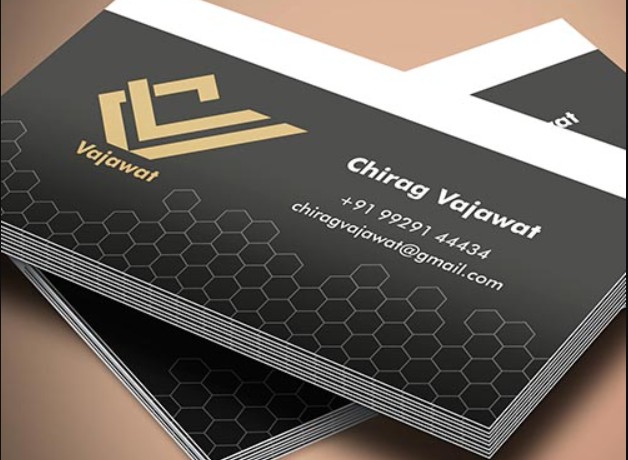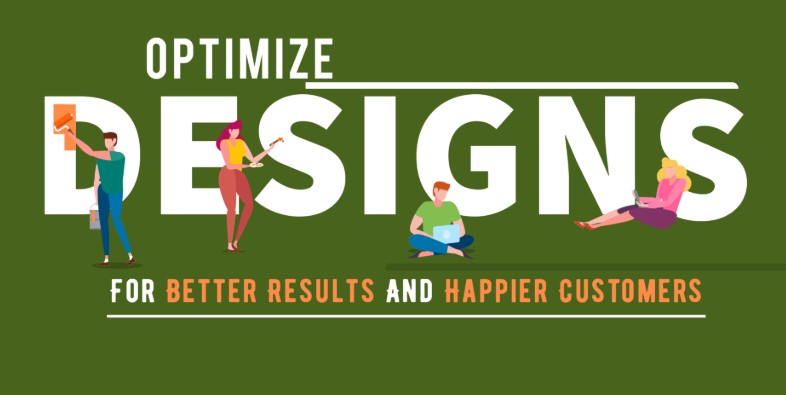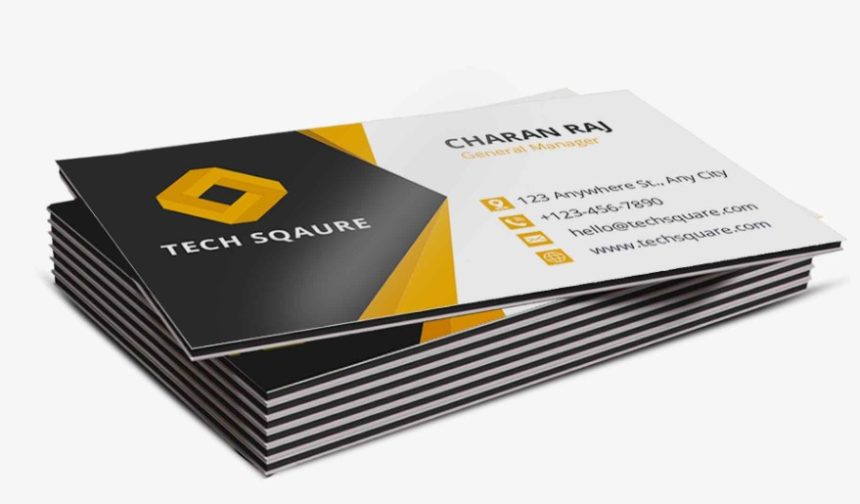In today’s digital age, the ability to create professional-quality business cards from the comfort of your own home is transforming how UK entrepreneurs and professionals manage their branding. With the power to customise your cards to perfectly reflect your brand, “How to Print Business Cards at Home” is emerging as an innovative solution that combines creativity with cost efficiency. In this comprehensive guide, we explore every facet of the process—from the basics to advanced tips, empowering you to master this new DIY hustle.
How Is the UK Embracing the DIY Business Card Printing Revolution?
With modern technology and readily available resources, traditional business card printing has given way to a more hands-on, creative approach. This shift is particularly appealing in the UK, where small businesses and startups continually seek more agile and budget-friendly solutions.
What Are the Key Benefits of Home Printing Business Cards?
- Cost Savings: Eliminate the overheads of professional printing services.
- Full Control: Every detail is in your hands, from design to finish.
- Quick Turnaround: Make last-minute updates and reprints without delays.
- Unique Personalisation: Tailor every element to reflect your brand’s personality.
This method is not just about saving money—it’s about being part of a broader DIY trend that’s redefining business practices across the UK.
How Has Business Card Printing Evolved from Professional Services to DIY?

Historically, business cards were exclusively produced by professional printers. However, as digital design tools have evolved, the gap between professional and home-based production has dramatically narrowed. Here’s a closer look at this evolution:
- Traditional Printing: Relied on high-volume orders, expensive setup fees, and standardised designs.
- The Digital Shift: With advancements in software and printer technology, high-resolution printing at home has become accessible and affordable.
- The Current Trend: UK professionals are now opting for DIY printing, using online tutorials, affordable materials, and high-quality home printers to achieve results that rival their professional counterparts.
What Is the Step-by-Step Process to Print Business Cards at Home?
To help you embark on your DIY journey, follow these detailed steps:
1. Conceptualise Your Design
A strong foundation starts with a well-thought-out design plan:
- Brainstorm Ideas: Consider your brand’s colours, logo, and unique selling points.
- Sketch or Digitise: Whether you use pencil and paper or digital design software, begin by drafting your ideas.
- Select a Template: Explore templates that suit UK standard dimensions (85mm x 55mm) and allow for creative modifications.
2. Gather Essential Materials
The quality of your materials greatly affects the final product:
- Cardstock: Invest in heavyweight paper (ideally 300 gsm) to ensure durability and a professional feel.
- Printer Ink: Choose inks that are compatible with your printer and offer vibrant, lasting colours.
- Cutting Tools: A precision cutter or a guillotine cutter can be invaluable for achieving clean, sharp edges.
3. Configure Printer Settings and Software

Setting up your technology correctly is critical:
- High Resolution: Configure your printer to at least 300 dpi to ensure crisp and clear print quality.
- Paper Settings: Adjust the printer settings to match the type and weight of your cardstock.
- Design Software: Use tools like Adobe Illustrator, Photoshop, or accessible platforms like Canva to refine your design.
4. Execute Test Runs and Refine Your Approach
Before printing the entire batch, run several tests:
- Proof and Test Print: Print sample cards to check for alignment, colour accuracy, and overall presentation.
- Iterative Refinement: Tweak your design or printer settings based on the test prints until perfection is achieved.
What Are Some Advanced Tips and Troubleshooting Methods for Perfect Prints?
For those ready to push the limits of DIY creativity, consider these advanced tips:
How Can You Optimise Your Design for Home Printing?

- Use High-Contrast Elements: Ensure readability and visual impact.
- Embed the Keyword Strategically: Position “How to Print Business Cards at Home” at the beginning of your design templates, headers, and even as watermarks if appropriate.
- Test Different Layouts: Experiment with varying margins, borders, and typography.
What Are Common DIY Printing Issues and How Do You Fix Them?
- Misalignment Issues: Calibrate your printer’s paper feed and use alignment guides.
- Colour Variance: Adjust monitor settings or print a colour profile test to ensure consistency between your screen and the printed output.
- Cutting Mistakes: Ensure precision by using high-quality cutting tools along with self-healing mats to preserve clean edges.
Is DIY Business Card Printing the Right Choice for You?
For many UK entrepreneurs, the question often arises: Is the DIY method robust enough for a professional image? The answer depends on your scale, design expertise, and willingness to adapt. Key considerations include:
- Volume Requirements: Home printing is optimal for small to medium print runs.
- Design Complexity: If your card includes intricate details or special finishes, consider a professional service for the final batch.
- Budget Constraints: For those operating with limited funds, DIY printing offers substantial savings with a manageable learning curve.
- Time Sensitivity: Quick updates and reprints are a significant advantage of managing the process at home.
What Does the Future of Business Card Printing Look Like?
As technology continues to advance, the DIY approach to business card printing is likely to become even more accessible. Consider the following trends:
| Aspect | Traditional Methods | Future Trends in DIY Printing |
| Materials | Standard cardstock | Eco-friendly, recycled materials |
| Technology | Basic resolution printers | 3D printing innovations and advanced digital presses |
| Software | Limited to pre-set templates | AI-driven design tools for custom solutions |
| User Experience | Passive ordering process | Interactive, real-time design feedback and tutorials |
| Cost Structure | High bulk order prices | Affordable, scalable pricing models |
Begin foiling using specialised kits by starting with basic designs and slowly progressing to more advanced techniques.
What’s the Final Verdict on How to Print Business Cards at Home?
The move towards “How to Print Business Cards at Home” represents a significant shift in how UK professionals manage their branding and communications. Whether you’re a start-up owner looking to minimise costs or a seasoned professional eager to experiment with personalised designs, the home printing route offers flexibility, control, and a unique personal touch.
By understanding the evolution of printing technology and utilising modern tools and materials, you can create cards that not only serve as a contact point but also as a reflection of your brand’s identity. Embrace the DIY hustle and set your brand apart in the competitive UK market.
Frequently Asked Questions (FAQs)
What is the first step in printing business cards at home?
Begin by conceptualising your design and selecting a template that adheres to UK standard dimensions.
How can I ensure the printed cards look professional?
Use high-quality cardstock, adjust your printer settings for optimal resolution (300 dpi or higher), and conduct multiple test runs before final printing.
Are the materials used for DIY printing eco-friendly?
Many suppliers now offer recycled and eco-friendly cardstock, which can be chosen during the planning phase to align with sustainable business practices.
What if my design does not look as expected after printing?
Troubleshoot by revisiting your printer’s calibration, adjusting the colour settings, and using alignment guides in your design software for precise output.
Can I integrate advanced finishes like metallic foiling at home?
While more challenging, some DIY setups allow for additional embellishments like metallic.






